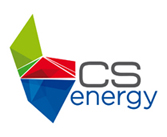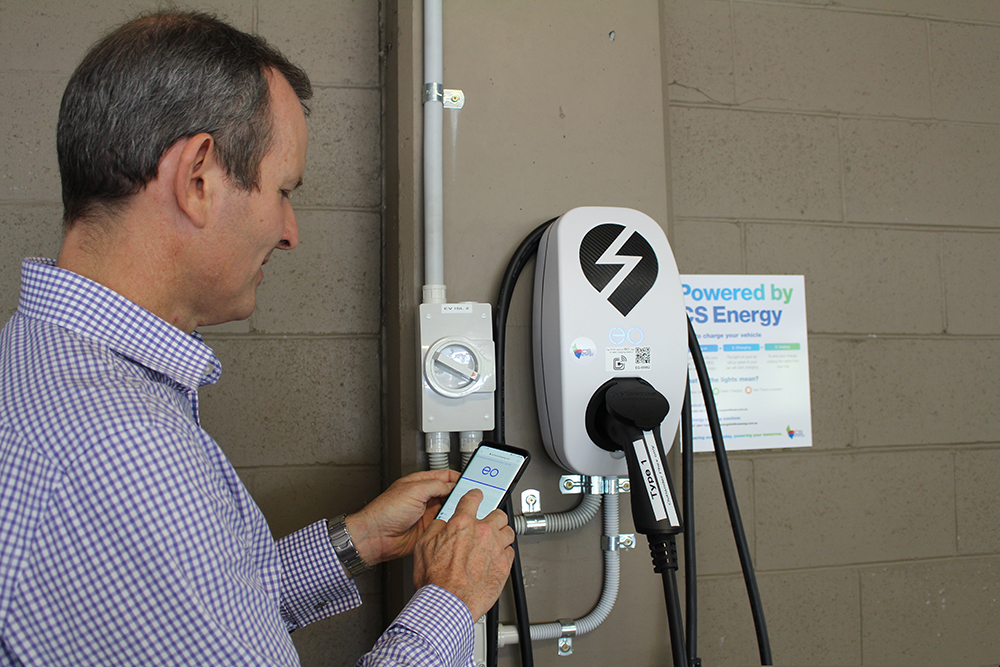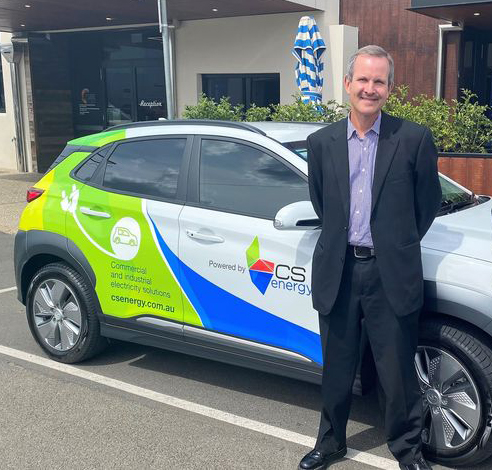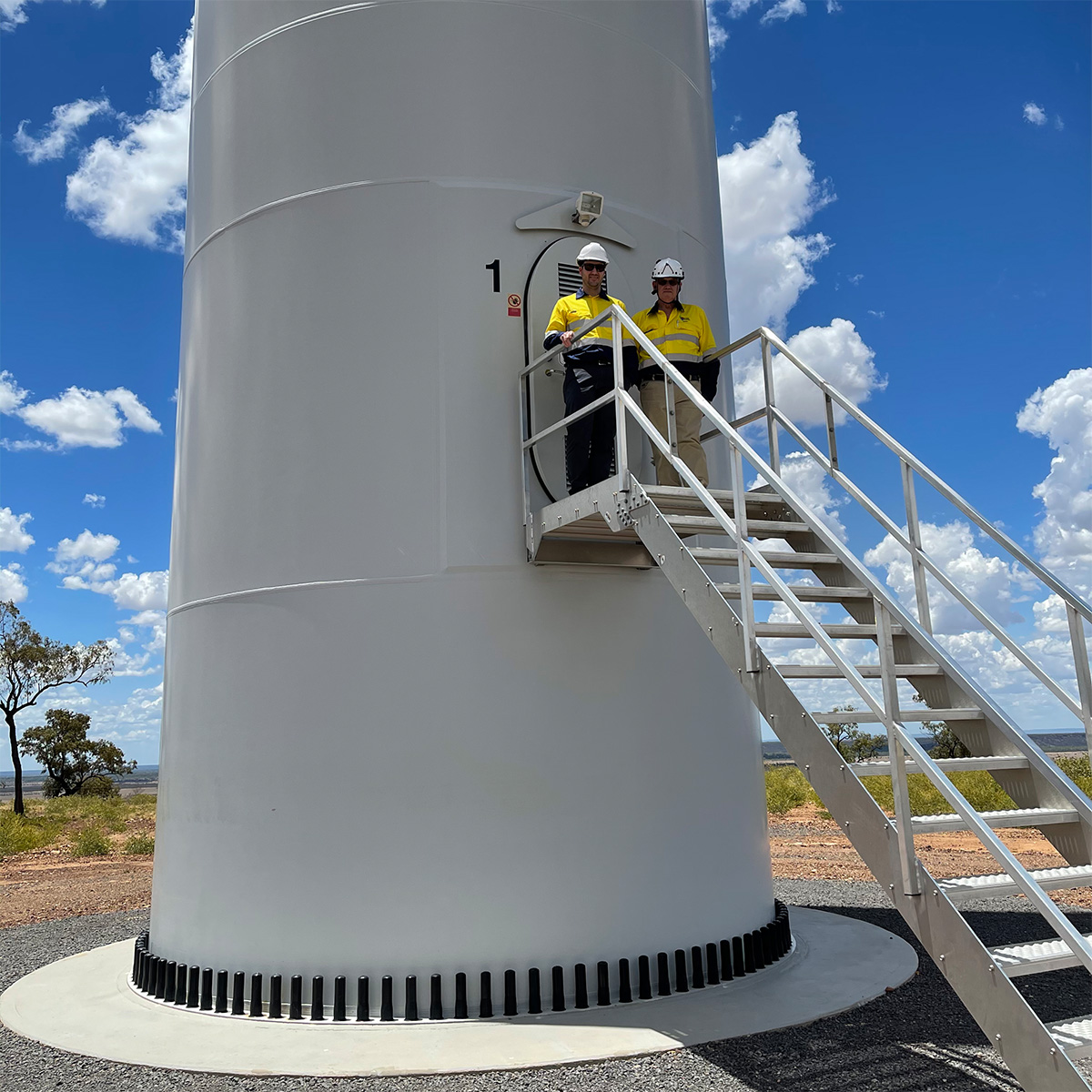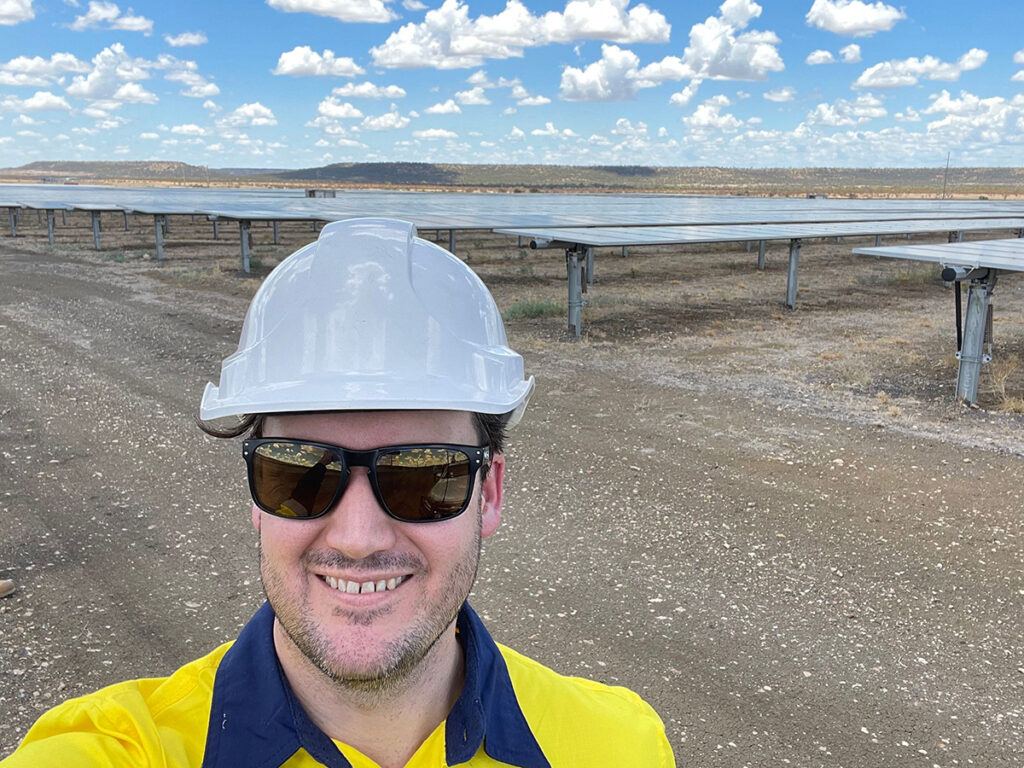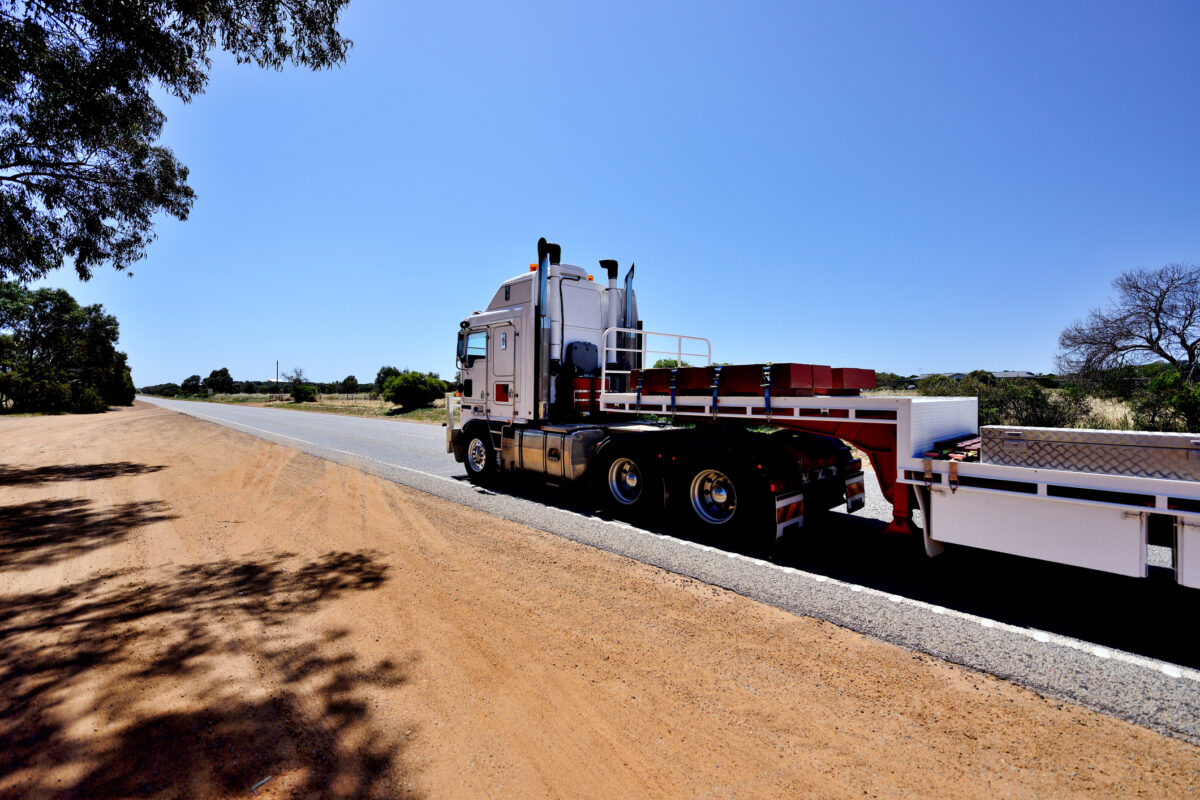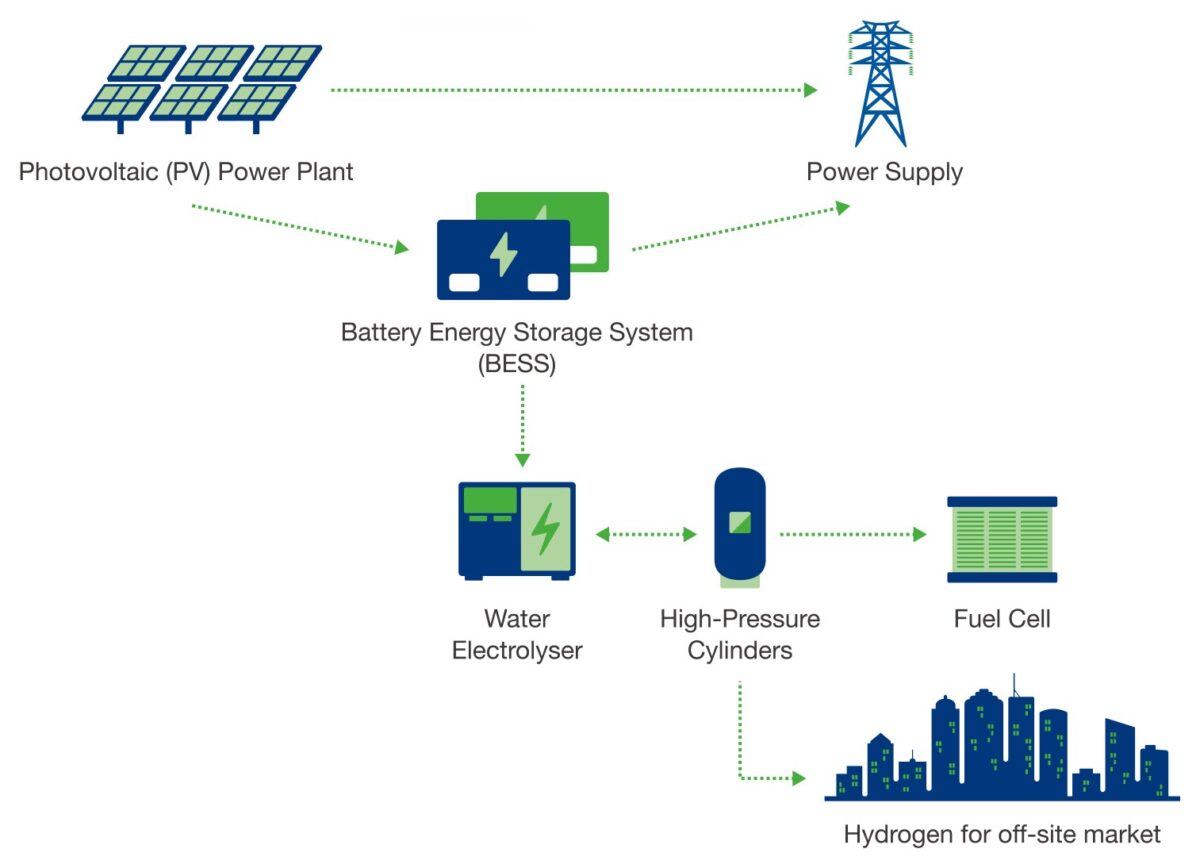Andrew Broadbent on working in CS Energy’s Future Energy division
Andrew joined CS Energy in 2016 and has since worked in a range of finance and strategy roles throughout the business.
The Senior Strategy Analyst is excited to be moving into the Future Energy division on a six-month secondment to support CS Energy’s pipeline of future energy initiatives. It’s a natural progression for Andrew after his most recent role was analysing the impact of energy market and policy trends on the business.
When asked about what he’s most looking forward to in the new role, Andrew says, “there’s a lot of activity across the division and I’m keen to be an extra pair of hands and putting the company’s Strategic Priority to ‘Deliver Future Energy’ into action.
“I’m also excited to leverage the strategic experience from my previous role to help engage and excite our people about CS Energy’s journey in becoming a diversified energy business.”
Andrew will be progressing current and emerging business opportunities and working closely with the Policy and Regulation team to assist with CS Energy’s responses to various submissions as the policy framework evolves with the energy transition.
He says he looks forward to deepening his knowledge about, and keep on top of changes happening in, the energy landscape, particularly as the momentum and pace of the energy transition gains pace.
When talking about the impact of market trends he says, “there is so much activity occurring in the energy landscape, which has a broad scope and is incredibly interrelated. The traditional energy value chain of generation ️to transmission to retailing has become scrambled as the energy transition continues to unfold.
“For example, the rapid uptake of rooftop solar has given rise to the ‘Prosumer’ where customers are both a producer and consumer of energy, increasing customer engagement in their energy procurement while creating a two-way flow of electrons. Therefore, anticipating or predicting what could have the biggest impact is challenging as the pace that technology is deployed directly relates to how fast costs decline.”
Andrew says what he finds most interesting about the energy sector is how despite the fact that energy is an essential service, not everyone inherently understands the complexity and processes behind being able to turn on a light switch at home.
Learn more about how CS Energy is responding to Australia’s energy transformation: https://www.csenergy.com.au/who-we-are/our-strategy
